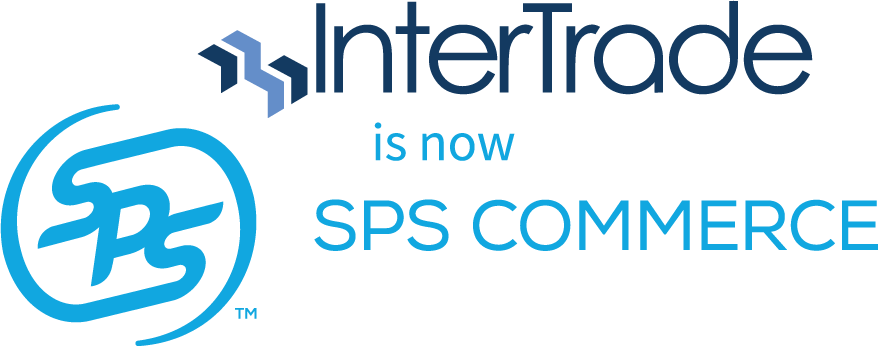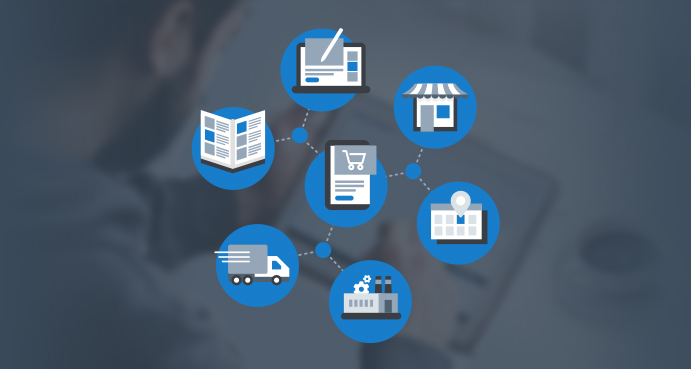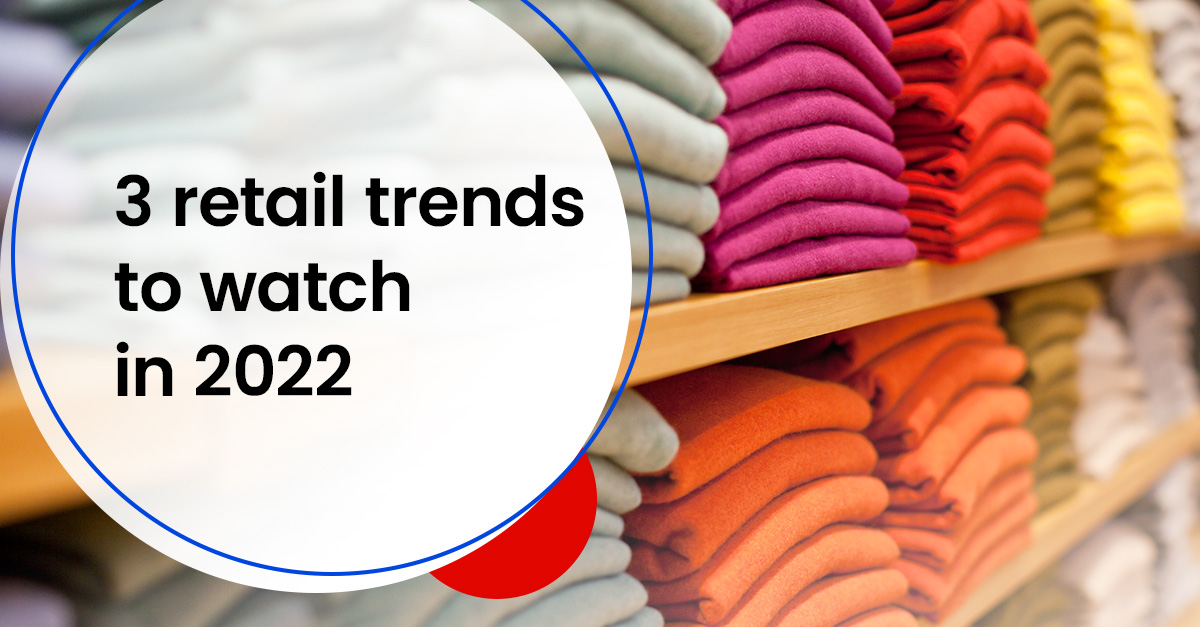While 2020 was a year like no other and turned the retail and e-commerce sector on its head, 2021 will likely follow suit as the pandemic carries on into the new year. Here are some of the top retail and e-commerce trends to watch in 2021.
Marketplaces will dominate online shopping.
In early 2020, the pandemic saw smaller, brick-and-mortar retailers scrambling to up their online game, while larger companies were better positioned to cope with the sudden surge in online activity. This year, seeking safety and convenience, consumers will favour marketplaces—such as Amazon, Walmart, and Etsy—over individual e-commerce stores.
These giants are equipped with the necessary backend infrastructure to handle the uptick in traffic and can provide easy product comparisons, a hassle-free ordering process, and fast free shipping and return options. Marketplaces have set the bar high for customer convenience and offer an appealing option for brands looking to sell their products online and gain exposure.
Online shopping will expand to a wider range of products.
With the second wave of the pandemic in full swing, new restrictions and lockdowns have caused many brick-and-mortar stores to shut their doors again or limit retail sales to essential items. Consumers have responded by widening the list of items they’re willing to buy online, expanding from clothes, gadgets, and takeout to furniture, groceries, and just about anything else that can be delivered to their door.
Some brands are getting creative in their efforts to break down barriers and improve the online customer experience. For instance, L’Oréal created its Makeup Genius app, letting consumers try on products virtually instead of at the cosmetics counter. While a post-pandemic return to “normal” may slow these new trends, new consumer habits aren’t likely to disappear in the near future.
Self-service platforms will continue to gain ground.
In early 2020, small businesses and local retailers struggled to shift to digital to cope with pandemic restrictions and lockdowns. In 2021, they’ll continue to seek self-service platforms they can quickly and easily deploy, without having to rely on pricy and time-consuming developers and consultants. The goal is to start selling online—as fast as possible.
Brands will embrace shoppable video ads on social media.
With everyone still stuck at home, social media use won’t be slowing down anytime soon, and brands are starting to embrace the selling power of video on these platforms. For instance, in late 2020, Shopify teamed up with TikTok, allowing merchants to create and share in-feed shoppable video ads directly through Shopify.
As younger audiences scroll through their social media feeds, they can watch and share videos that let them shop without missing a beat. From unboxing videos to product tutorials, consumers want to see products in action.
Omnichannel selling will be the new normal.
With the pandemic here to stay for the foreseeable future, omnichannel selling—offering products on multiple interconnected channels both online and off—is poised to become the new normal. Whether consumers are shopping online from a smartphone and enjoying home delivery or taking advantage of curbside pickup, shopping by appointment, or buy online and pick up in-store services, customers have come to expect a quick, simple, and seamless experience from start to finish.
Innovation at the helm
Driving all these trends is a quest for innovation, fuelled by the need for retail and e-commerce companies to get creative in order to weather the storm and make shifts in consumer behaviour work for them.
Contact InterTrade today to find out how your business can stay on top of emerging trends and succeed during these tumultuous times.




